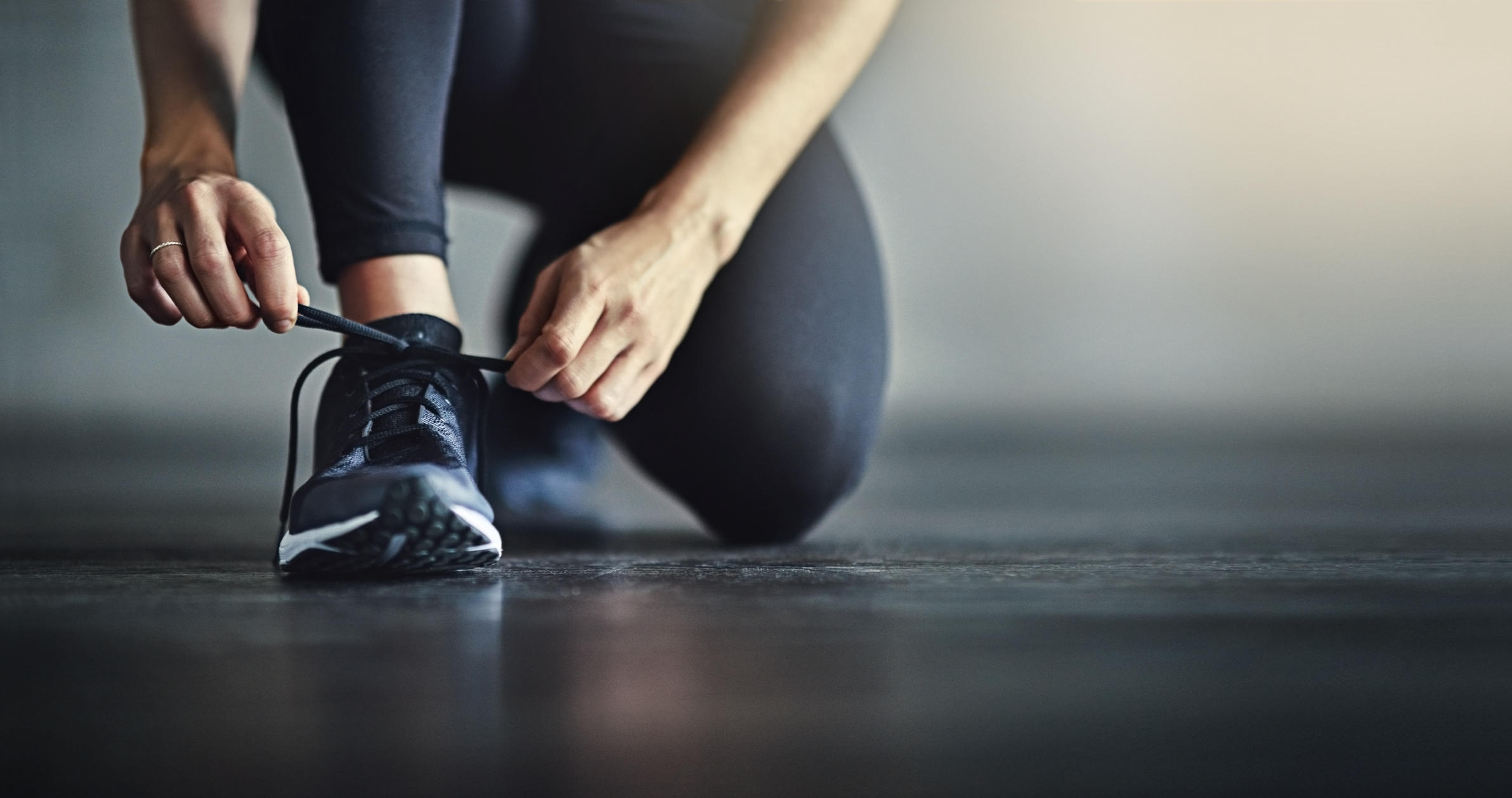Industry insights on skills needs
According to the Sport and Recreation IRC’s 2019 Skills Forecast, the following form the top priority skills required across the industry:
- Teamwork and communication
- Problem solving
- Self-management
- Technical/job-specific skills.
Additionally, other skills and knowledge gaps identified included Online and social media, Marketing, Initiative and enterprise (i.e. small business management) and Sports Administration.
The following generic skills were also identified as highest priority for the Sport and Recreation industry:
- Customer Service/Marketing
- Communication/Virtual collaboration/Social intelligence
- Learning agility/Information literacy/Intellectual autonomy and self-management
- Design mindset/Thinking critically/System thinking/Solving problems
- Managerial/Leadership
The importance of communication skills is supported by findings from the job vacancy data, in which communication was identified as the most in demand advertised generic skill in the Sports and Recreation Activities industry, followed by energetic, organisational skills, planning and detail orientated.
According to job vacancy data the most advertised occupations were for Fitness Instructors, followed by Swimming Coach or Instructor, and Information Officer, with top two employers identified as YMCA and Anytime Fitness.
The Sport and Recreation industry is made up of many different sectors, and as identified in a report by Christine May, it is an industry strongly influenced by other industries such as government, community, education, health, retail, media and broadcast, and tourism and entertainment. This report found that community sport and recreation clubs play a pivotal role in making physical activity opportunities accessible to all Australians. This message is reflected at a state and territory level as well. For example, the Game On framework developed by the South Australian government aims to reverse poor levels of physical activity and increase movement opportunities through better coordination between whole-of-government, and sectors that are positioned to promote physical activity.
The Ausplay report on volunteering in sport found 40% of adults and 69% of children participate in organised sport, while an additional 3.1 million Australians aged over 15 take on non-playing roles such as coach, official, administrator or team manager. Community organised sporting activities were shut down due to government COVID-19 restrictions, but by March 2021 80% of adults and children who played organised sport before restrictions were put in place had returned to at least one of their sports by March 2021. Of those who hadn’t, 38% of adults cited their main reason for not returning was due to concerns about the pandemic.

